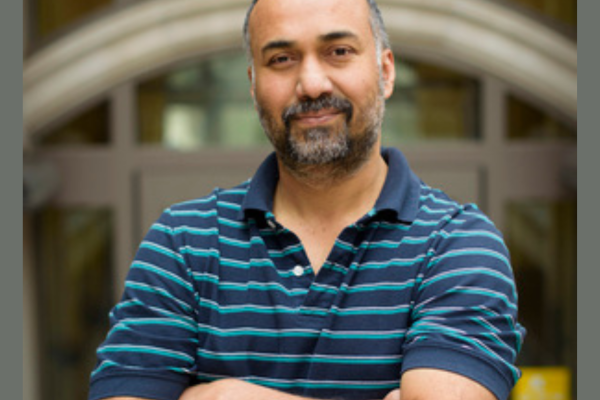
Over the past decade, the landscape of political communication in India has undergone a systemic shift with the ascendancy of social media in the arsenal of political outreach. In this talk, Professor Pal argues that this transition has undermined the role of professional journalism in mediating the dissemination of political content to the populace, empowering politicians with greater autonomy in determining the timing, manner, and extent of their communication, along with a selective choice of intermediaries. Concurrently, there has been a rise in the political involvement of social media influencers, spanning diverse sectors such as religion, travel, entertainment, finance, and healthcare. Professor Pal examines the intersection of online influencers and political actors in India, tracing the evolution from the 2014 electoral campaign to the contemporary context, wherein the involvement of influencers in political discourse has become a ubiquitous phenomenon in most electoral cycles. This investigation reveals the emergence of a novel spiral of silence phenomenon, where traditional celebrities from realms like sports and entertainment are apprehensive of voicing political opinions without explicit endorsement from political parties, for fear of potential cancellation or targeted political repercussions. In particular, Professor Pal considers the role of religion and ideological alignment in the performance of political fealty. While this trend underscores the increasing significance of digital influencers to political parties, it concurrently fosters a symbiotic yet imbalanced relationship, with politicians maintaining a more dominant position.
